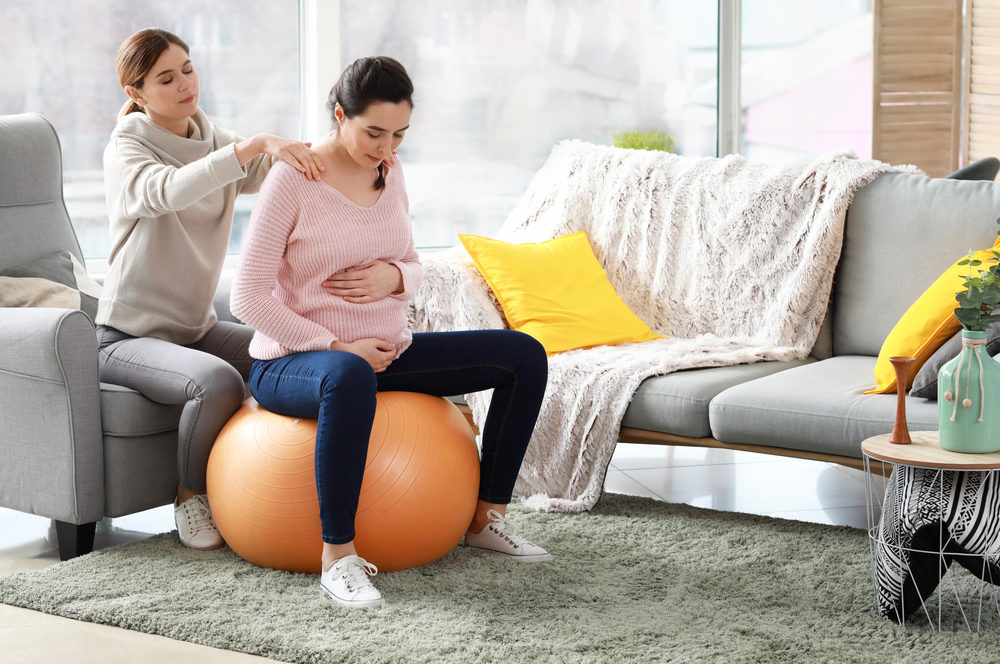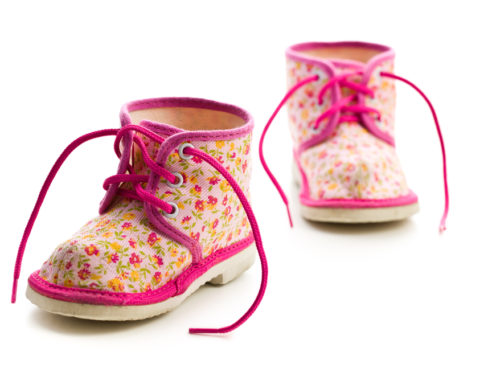A birth or labour doula is a woman who attends the birthing family before, during, and just after the birth of a baby. She is also called a “birth assistant” or “labour support specialist”. A birth doula will draw on her experience and training to provide physical and emotional support during your labour.
My Experience with a Doula
I used a doula twice and was so thrilled with the result. The second time around, the nurses were reticent to allow me into warm bath water in case the baby came fast. My doula advocated for me. We both knew that the relaxation the bath provided the first time helped lead to a birth without any complications or interventions. She helped my partner and I develop a birth plan, was nonjudgemental in asking about decisions, and was the first call I made when I thought I could be in labour.
The Role of a Doula
She will provide reassurance, encouragement and make suggestions to progress labour as well as assist with relaxation and other comfort techniques. She is present to advocate for you and your partner, who might otherwise feel overwhelmed by the powerful forces of labour, the systematized care in most hospitals, and the miracle of childbirth.In general a doula provides:
- explanations of medical procedures
- emotional support
- advice during pregnancy
- exercise and physical suggestions to make pregnancy more comfortable
- massage and other non-pharmacological pain relief measures
- positioning suggestions during labor and birth
- help supporting the partner so that they can love and encourage the labouring woman
- avoidance of unnecessary interventions
- help with breastfeeding preparation and beginnings
- sometimes a written record of the birth
Statistics on the use of Doulas
In general, women who have used a doula are more satisfied with their birth experience, feel more confident in their ability to mother, bond faster with their newborn, are less likely to have postpartum depression, and are more likely to breastfeed. Studies have shown the following benefits of having a doula present at birth:
- 50% reduction in c-section rates
- 25% shorter labour
- 60% reduction in epidural requests
You might also enjoy or article on Understanding Labor Contractions.
Pin It!





